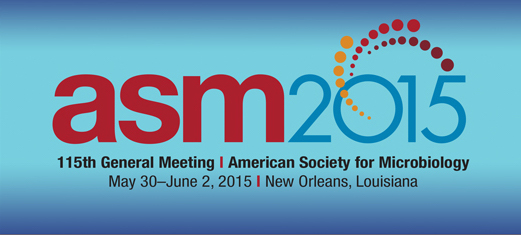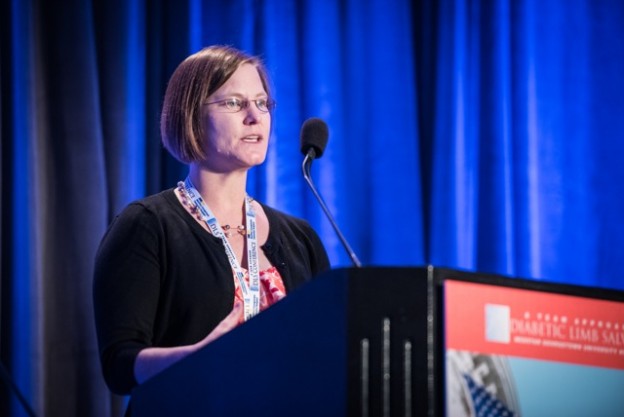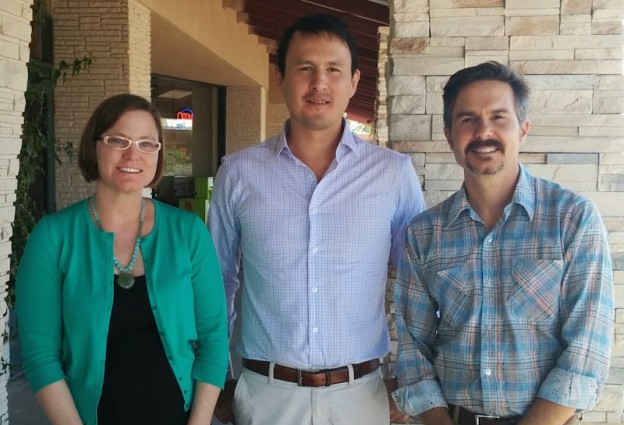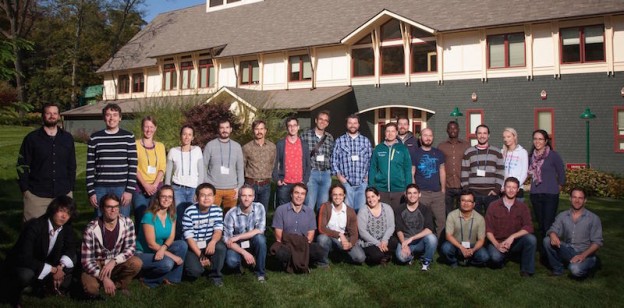Help Create a Federated Cyberinfrastructure for Ocean and Geobiology Environmental ‘omics
Aloha Oceanography and Geobiology science communities,
Has your environmental research ‘dabbled’ in the realm of ‘omics? Are you interested in working with a broader community to help plan the way forward to build widely available facilities and cyberinfrastructures that will facilitate and enable ‘omics-based databases, analyses research for the whole community?
Then please read on!
We invite you to join the EarthCube Oceanography and Geobiology Environmental ‘Omics (ECOGEO) Research Coordination Network (RCN)! ECOGEO is a recently NSF-funded RCN led by Dr. Ed DeLong (MIT/UH Manoa). ECOGEO’s mission is to identify community needs and develop necessary plans to create a federated cyberinfrastructure to enable ocean and geobiology environmental ‘omics.
The website has links on how to join EarthCube and our RCN and get signed up for our listserv.
In addition to the RCN site, we are also conducting a BRIEF research survey aimed at identifying community needs with respect to ‘omics research. Please take 5-15 minutes to participate in the survey, as this will help create the foundation of our RCN’s mission.
Thanks for your time! We look forward to working with you to create a new, community-supported way to do ‘omics research. If you have any questions, please contact Elisha Wood-Charlson, our communications project manager (email: ecogeo.rcn@gmail.com)




